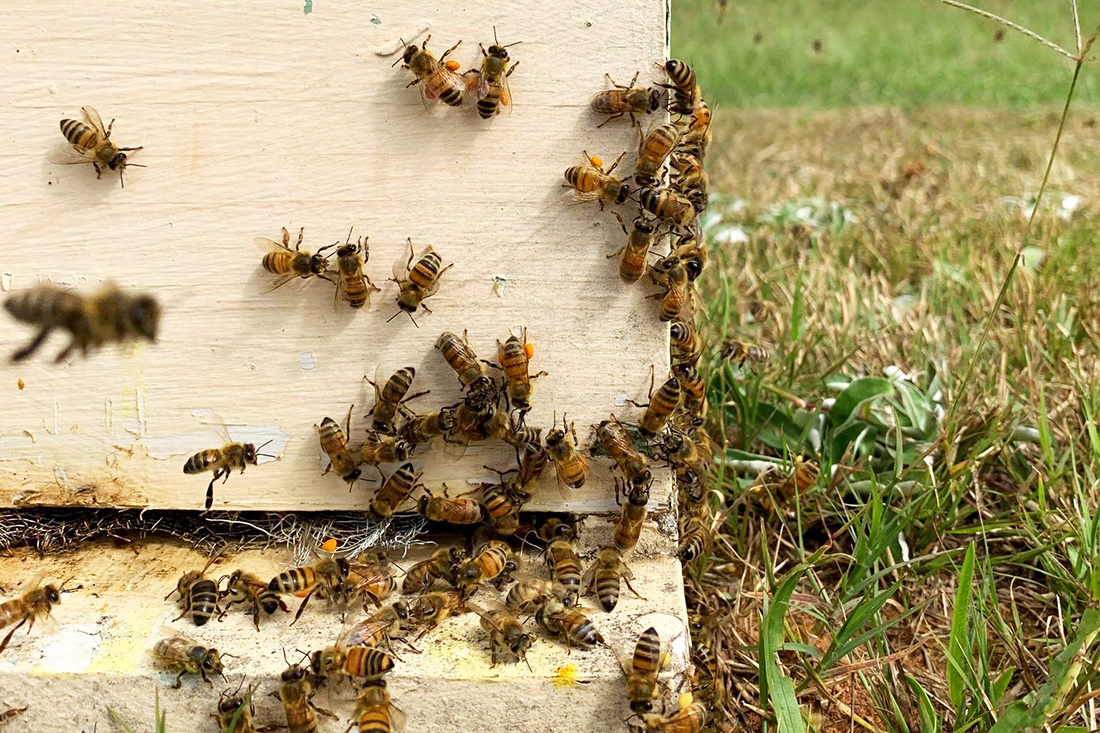By William Terry Kelley
University of Georgia

Volume XXXII |
A raised bed has other advantages, too. Planting in these beds provides greater drainage and may allow the use of otherwise poorly drained areas. It also makes garden chores more amenable.
Raised beds allow for planting earlier in the spring, too, because they warm up quicker. Pest control can be easier, too. Placing hardware cloth at the bottom of the bed can keep out burrowing varmints, and netting can keep out birds and some insects.
Raised beds are fairly easy to make and can range from the rudimentary to the elaborate. They can be temporary or permanent. Pressure-treated lumber makes an excellent siding to confine the soil. Just don't use creosote-treated wood. You can make raised beds without sides, but they tend to erode.
How to do it
Make the sides of the bed 6 to 8 inches above the ground. It's good to include sand, compost or other organic matter in the bed, but it's best to spade or till the soil underneath. Mix it in the bed so at least a third of the bed is actual soil or added topsoil. Mix in any needed lime at this time.Only small tillers can be used in permanent beds. Once the bed has been prepared for the season, you don't generally have to till again.
Make beds no more than 4 feet wide so you can access them from the sides. This allows for weeding, planting and harvesting without actually stepping into the bed.
Vegetable yields are greater when you use raised beds with plants spaced much closer together. The closer spacing enhances weed control, since the dense canopy shades out weeds. The idea is to have the plants close enough to just touch but not compete with one another.
Best spacing
Generally, if you place plants or seeds a little farther apart in the row than normal and then use that same spacing between rows, the space will be adequate. For instance, rather than spacing cabbage plants 10 inches apart in rows 36 inches apart, space them 15 inches apart in rows 15 inches apart.For vegetables such as beans, it's best to plant parallel to the row. Plant crops that require fewer plants across the row. Plant faster-growing plants, such as radishes, between slower-growing crops. You can harvest the faster crops quicker and get them out of the way.
Trellis tomatoes, cucumbers and pole beans so they take up more room vertically and less horizontally. You'll be amazed at how many fresh vegetables you can grow in a small garden.
(William Terry Kelley is a vegetable horticulturist with the University of Georgia College of Agricultural and Environmental Sciences.)






